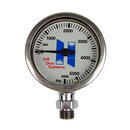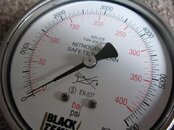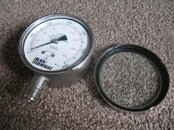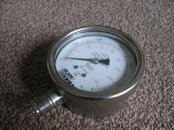Hey everyone, I'm sure this has been asked before, but i cannot for the life of me unscrew the faceplate from one of my SPG's housings. I've tried a strap wrench, soaking it in hot water, and the largest pair of vise grips i own just slip off. The actual gauge is corroded as heck so I am trying to swap out the bad gauge for a good gauge. Any suggestions on how to budge the sucker?
Thanks!
Thanks!










